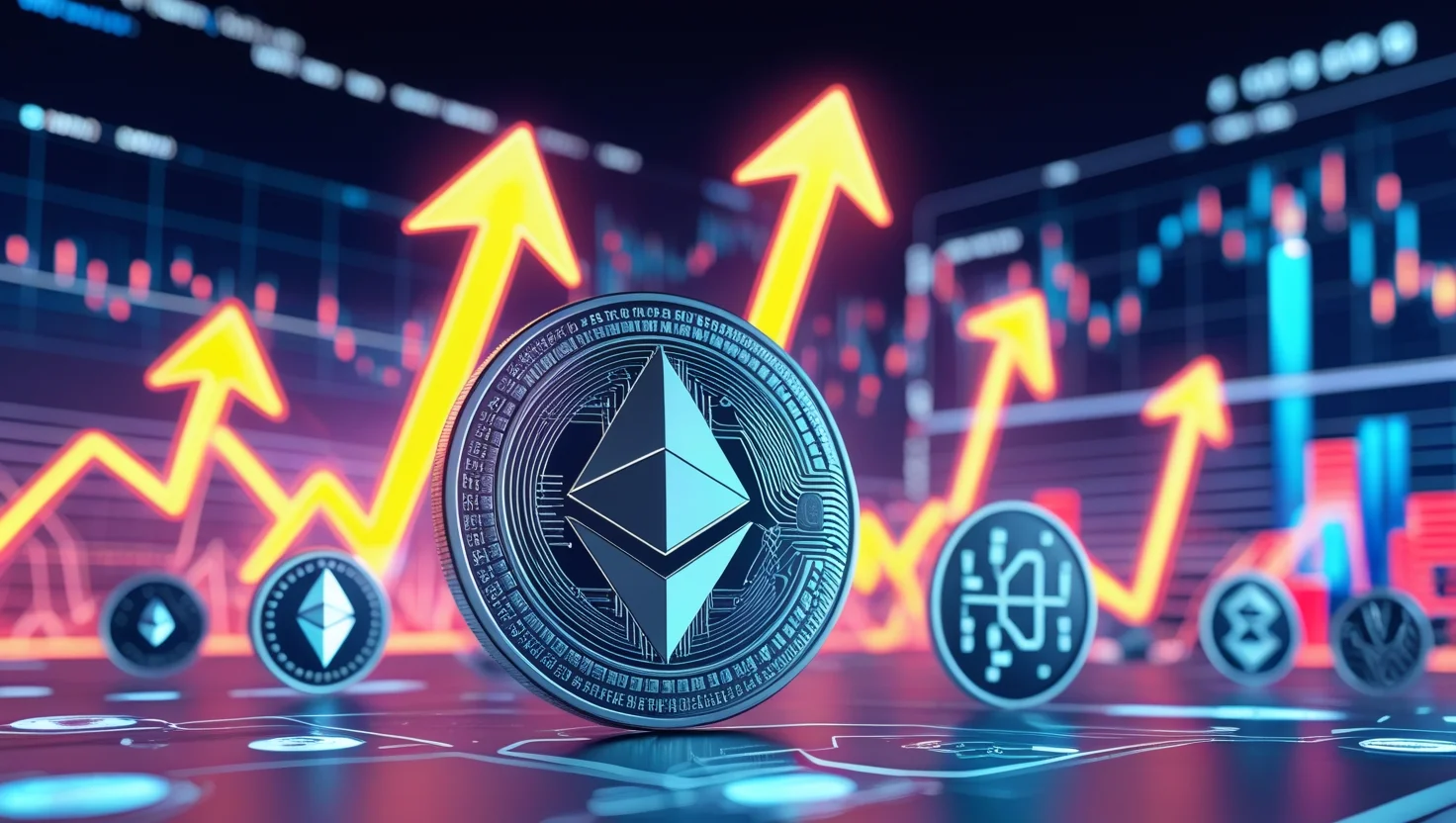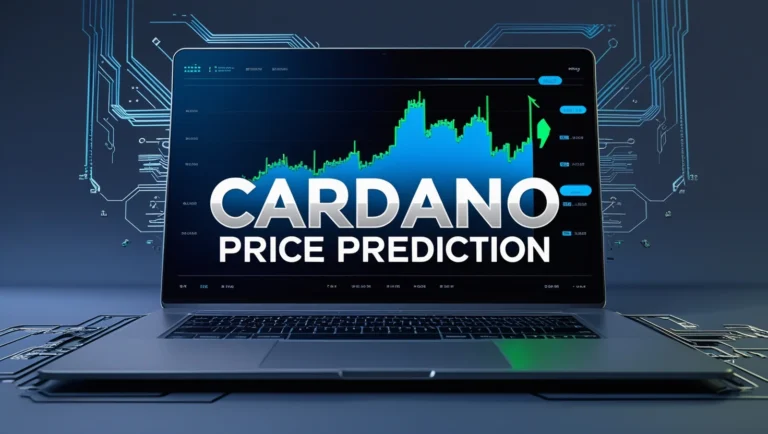Are Altcoins Outperforming Bitcoin? Crypto Market Dynamics for 2025
Cryptocurrency markets never stand still. From viral memecoins to billion-dollar Bitcoin ETFs, the headlines shift daily. But the central question on many investors’ minds remains the same.

If you’ve scrolled through crypto Twitter, watched market dashboards, or tracked your portfolio lately, you’ve probably seen some green flashing across certain altcoins. Yet, at the same time, Bitcoin keeps asserting its dominance like the quiet heavyweight champion it is.
So what’s really happening beneath the surface? Are we entering a new altcoin season, or is Bitcoin still calling the shots?
Whether you’re an institutional investor managing large portfolios or a curious blockchain enthusiast, this in-depth guide breaks down the data, sentiment, and real-world signals to help you understand where the crypto tide is heading.
Why This Analysis Matters
Who created this?
This article was prepared by an independent crypto content creator specializing in institutional trends, derivatives, and on-chain analytics. The aim is to provide nuanced, actionable insights—not financial advice.
How was it created?
We synthesized real-time data from CoinMarketCap, TradingView, and derivatives exchanges, layered with qualitative sentiment analysis from major crypto communities.
Why was it written?
To help investors cut through hype cycles and base decisions on objective, verifiable signals.
What Is Altcoin Season?
Before we can judge whether altcoins are outperforming Bitcoin, we need a shared definition.
Altcoin season refers to sustained periods when the majority of non-Bitcoin cryptocurrencies deliver higher returns than Bitcoin itself. While the term is sometimes used loosely, professional investors typically look for:
- A prolonged decline in Bitcoin dominance.
- Significant capital rotation into mid- and small-cap assets.
- Higher trading volumes and momentum in altcoin pairs.
- Behavioral shifts in leverage and derivatives favoring alts.
CoinMarketCap’s Altcoin Season Index is a common benchmark. If it scores >75, most altcoins are outperforming. A score <25 signals Bitcoin’s clear dominance.
In July 2025, the index sits at 26/100—solidly in Bitcoin Season territory.
Bitcoin Dominance: The Bedrock Metric
Let’s start with the simplest measure: Bitcoin dominance—the percentage of total crypto market capitalization held by Bitcoin.
Key figures as of today:
- BTC dominance: 64.19%
- 24h change: −0.28 points
- 30-day change: Minimal drift downward
- Altcoin Season Index: 26/100 (+18% 24h)
What does this mean?
Despite countless narratives about Ethereum upgrades, Solana dApps, and emerging layer 2s, the majority of global crypto wealth remains parked in Bitcoin.
Even when altcoins briefly surge on news (e.g., game launches, exchange listings), Bitcoin quickly reclaims relative share.
This stickiness is partly psychological—Bitcoin is perceived as the most credible store of value—but also structural: it enjoys deeper liquidity, more institutional products, and simpler narratives.
Fun Fact:
In 2017’s famous bull run, Bitcoin dominance fell below 40%. In 2021, it hovered in the mid-40s. Today’s 64% level underscores just how powerful Bitcoin’s moat has become.
Altcoin Season Index: Signals and Caveats
The Altcoin Season Index rose 18% in 24 hours but remains far below the 50-point threshold that signals rotation.
Why is this important?
- A single-day jump doesn’t confirm trend reversal.
- The 30-day index remains down −7.14%.
- Institutional funds typically wait for sustained signals before reallocating.
Think of it like a weather forecast: a sudden warm day doesn’t mean winter is over.
Interpretation for investors:
- Some momentum is building in altcoins, but it’s scattered and episodic.
- Bitcoin remains the dominant safe harbor.
- Without consistent follow-through in volumes and sentiment, altcoins are unlikely to outperform sustainably.
Institutional Buying Patterns
One of the most striking data points in recent weeks was SharpLink Gaming’s $19 million ETH treasury purchase. GSQ Holdings followed with additional ETH buys.
Why didn’t this trigger a broader alt rally?
Three main reasons:
- Concentration Risk:
These purchases were limited to Ethereum, not a basket of alts. - Narrative Fragmentation:
Ethereum’s role as a settlement layer is better understood by institutions, while smaller alts lack comparable narratives. - Liquidity Considerations:
When moving millions in and out of positions, Bitcoin and Ethereum remain the only assets liquid enough to execute without significant slippage.
This reflects a broader truth: institutional adoption has arrived—but it’s mostly Bitcoin and Ethereum adoption.
Derivatives and Leverage: The Engine of Speculation
No analysis of altcoin performance is complete without studying derivatives markets.
Latest figures:
- Perpetual futures open interest: $791.76 billion (+30% in 30 days)
- BTC liquidations (24h): down 31%
- Funding rates: Stabilized around 0.00537
Interpretation:
- Traders are not using leverage aggressively to chase altcoin breakouts.
- Instead, they favor BTC’s relative stability.
- Liquidations have fallen, suggesting consolidation rather than exuberance.
For institutions and large funds, this is further validation to remain overweight Bitcoin or at most blend in large-cap Ethereum exposure.
Sentiment and Technical Indicators
Market Sentiment:
- Social net sentiment: +5.44 (mildly bullish)
- Fear & Greed Index: Neutral at 52
Technical Analysis:
- Total crypto market cap: ~$3.36 trillion
- RSI: 51–57 (neutral)
- MACD: Positive but modest
- Fibonacci resistance: ~$3.38 trillion
Takeaway:
- There’s no sign of euphoric altcoin buying.
- Neither fear nor greed is driving a decisive rotation.
- Technical indicators point to a range-bound environment.
Case Studies: Altcoins Defying the Trend
While broad altcoin outperformance is absent, a few tokens have surged:
- MAGIC: +44% in 24 hours (on major exchange listing)
- RAY: Notable uptick linked to GameFi announcements
- SOL & BNB: Minor gains of ~1–2% over 7 days
individual catalysts can spark rallies, but they don’t signal systemic rotation.
What Needs to Change for Altcoins to Lead
For altcoins to truly outperform Bitcoin, several conditions must align:
- Sustained decline in BTC dominance—ideally below 55%.
- Altcoin Season Index above 50 for several weeks.
- Strong narratives—like major protocol upgrades, institutional allocations to smaller caps, or regulatory clarity.
- Surging volumes and leverage favoring alt pairs.
- Positive macro tailwinds—such as falling interest rates or improved liquidity.
Until these factors converge, Bitcoin is likely to remain the preferred asset.
Not Quite Altcoin Season—Yet
Putting it all together:
- Bitcoin remains firmly in control, with a 64% dominance rate.
- Institutional flows have favored Ethereum but haven’t spilled over to smaller alts.
- Derivatives positioning suggests traders are cautious.
- Select altcoins have rallied on isolated news, not structural demand.
For institutional investors, this is a signal to remain cautious on mid- and small-cap allocations. For general blockchain enthusiasts, it’s a reminder: altcoin season can be explosive—but it hasn’t arrived yet.
Watch the Altcoin Season Index crossing 50/100 and Bitcoin dominance dipping sustainably for early signs of rotation.
Frequently Asked Questions (FAQs)
1. Why aren’t altcoins rallying even though Bitcoin dominance dropped slightly?
Because the decline in Bitcoin dominance has been minimal. Investors still see Bitcoin as a safer store of value, especially during uncertain market conditions, so capital isn’t rotating heavily into altcoins yet.
2. What does it mean when the Altcoin Season Index is at 26/100?
It signals we are in “Bitcoin Season,” meaning most altcoins are underperforming Bitcoin. An index reading below 30 usually indicates strong Bitcoin dominance in the market.
3. Are institutions buying altcoins other than Ethereum?
Not in any meaningful way. Institutional interest is primarily focused on Bitcoin and Ethereum due to their liquidity, infrastructure, and clearer regulatory standing. Most other altcoins are still considered high risk.
4. Can individual altcoins outperform Bitcoin even without an altcoin season?
Yes, specific altcoins like MAGIC or RAY can outperform due to news events or listings. But these are isolated pumps, not signs of a broad market shift in favor of altcoins.
5. How do I know if an altcoin rally is real or just hype?
Look beyond price. Sustainable rallies often include rising trading volume, developer activity, user adoption, and long-term utility. Pure hype fades fast—fundamentals don’t.
6. Is it smart to wait for altcoin season before investing in alts?
If you’re risk-averse or investing significant capital, waiting makes sense. True altcoin seasons show clear signals: falling BTC dominance, rising alt metrics, and wider sentiment shifts. Jumping in too early can lead to drawdowns.
7. What’s the biggest risk of trading altcoins right now?
Volatility and lack of follow-through. In a Bitcoin-dominant market, many altcoin gains are short-lived and prone to sharp reversals—especially if driven by hype instead of fundamentals.






